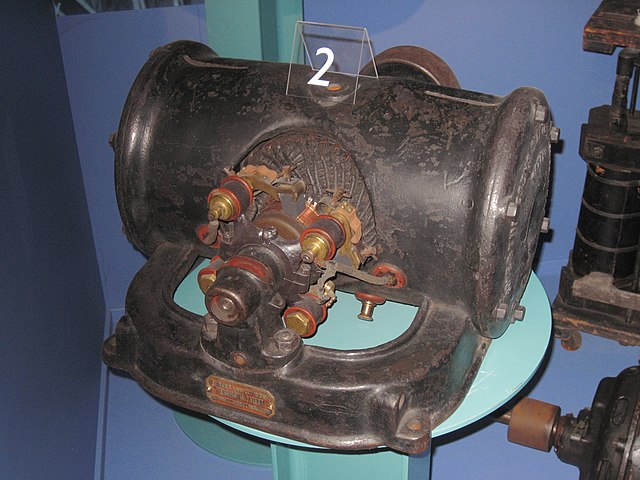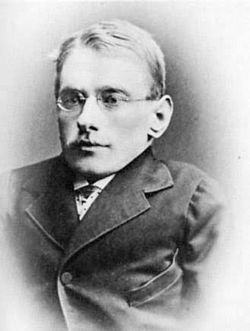Top Qs
Timeline
Chat
Perspective
Jonas Wenström
Swedish engineer and inventor (1855–1893) From Wikipedia, the free encyclopedia
Remove ads
Jonas Wenström (4 August 1855 in Hällefors – 22 December 1893 in Västerås) was a Swedish engineer and inventor, who in 1890 received a Swedish patent on the same three-phase system independently developed by Mikhail Dolivo-Dobrovolsky.[1] This formed the basis for ASEA (later ABB).[2] The possibility of transferring electrical power from a waterfall at a distance was explored at the Grängesberg mine. A 45 m fall at Hällsjön, Smedjebackens kommun, where a small iron work had been located, was selected. In 1893, a three-phase 9.5 kv system was used to transfer 400 horsepower a distance of 15 km, becoming the first commercial application.[3]

About the invention of electric light, Wenström wrote: "Edison's new invention of electric light: a glowing carbon strip, is the same thing that I discovered a year ago ... If I had his laboratory, and resources, I would have done the same and better ... a graphite strip between two mica plates provide a more effective light than Edison's."[5]
Remove ads
References
External links
Wikiwand - on
Seamless Wikipedia browsing. On steroids.
Remove ads

